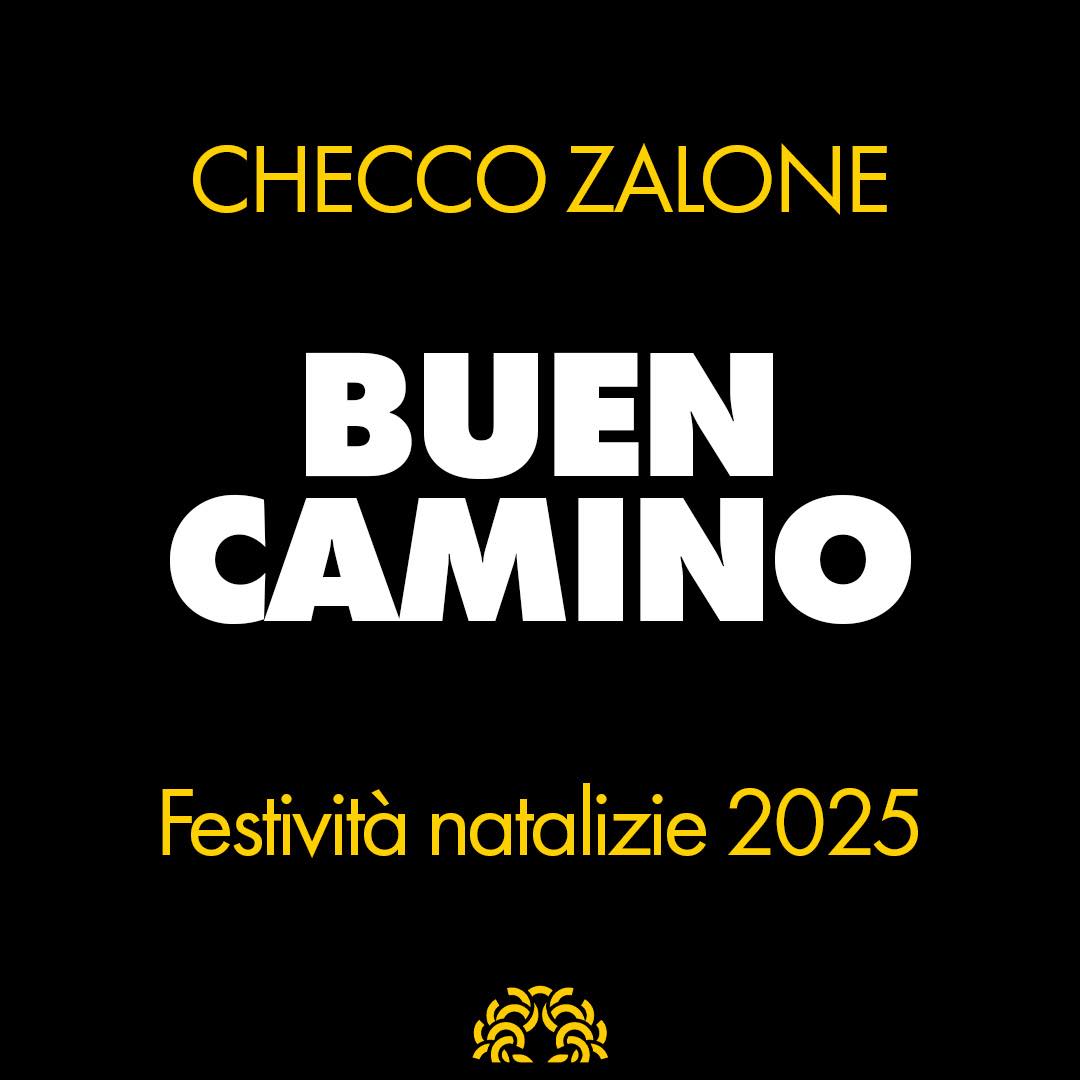« The stolen picture »: the yellow on the painting of Schiele taken by the Nazis and found at a worker’s house

Inspired by a true story, the film by the French director Pascal Bonitzer will be in theaters from 8 May distributed by Satine
That funeral -colored canvas, a bouquet of skeletal sunflowersMartin had found it with the rest of the furnishings: a liso sofa, a few passed off chairs, the dining table and work. And so, even if disconsolately melancholy, the sunflowers had remained there, The only decorative element of the frugal house of a worker. That, perhaps to revive them, next to them had placed a target for pull the arrows.
Great amazement therefore when a man and a woman of unpublished elegance In those parts, arrived from Paris to the suburbs of Mulhouse, to see that painting. And arrived in front of them, they unravel their eyes and break out in one nervous laughter.
Because yes, that picture hanging on the bare wall It is undoubtedly a Schiele. «Authentic, very rare, confiscated by the Nazis to a Jewish collector, given for lost and found where he could never imagine, in a house of simple peopleincredulous of having such a treasure »says Pascal Bonitzer, director of The stolen picture, from 8 May in cinemas Distributed by Satine.
Inspired by a true storythe film holds the rhythm of a yellow comedy in the seductive but also dark background of the art merchants and auction houses. «Painting and money like narrative engine These are two themes that fascinate me – continues the French director -. The idea of talking about the world of auction banders, rarely told to the cinemait seemed to me seductive. And the daring history of the Schiele found was almost a script in itself ».
In front of the affair on the one hand The astute André Masson (Alex Lutz), Shark of the Auction House Scottie’s with the complicity of ex -wife Bertina (Léa Drucker) and on the other The young Martin (Arcadi Radeff), whose moral belonging does not fail the sudden perspective of such a fortune.
«His choice not to want Rights on a work subtracted by Nazi criminals and settle for only one small share leaving the rest to the legitimate heirs is a sign of wisdom and honesty incomprehensible for those who have made the only value of money. Martin does not want to become rich, he doesn’t want to upset his lifebetray his social class. A little money can help, Too many can destroy. It is wise and respectable, it is The hero of my story. A moral figure in a cynical and dishonest world. A sign of hope, which can be resisted the temptation of the exaggerated wealth».
The price of art It is another of the themes that enter the side in the film. «Art always has a price, but they are not the artists to decide the value of their works. The commodification of art has become hectic in the last two centuries, entrusted to ruthless characterssometimes corrupt, sometimes mafia. Let’s think about Salvator Mundi attributed to Leonardo, sold for 350 million euros to an Arabic prince after being purchased for $ 1500 in New Orleans. This is not the case of my character, André Masson aims at commercial value of the work but also appreciates it from an aesthetic point of view ».
But did you ever be at an auction? “I happened to participate, and also to go to the casino. I love randomness, and in this story The case has an important role«
© RESERVED REPRODUCTION






